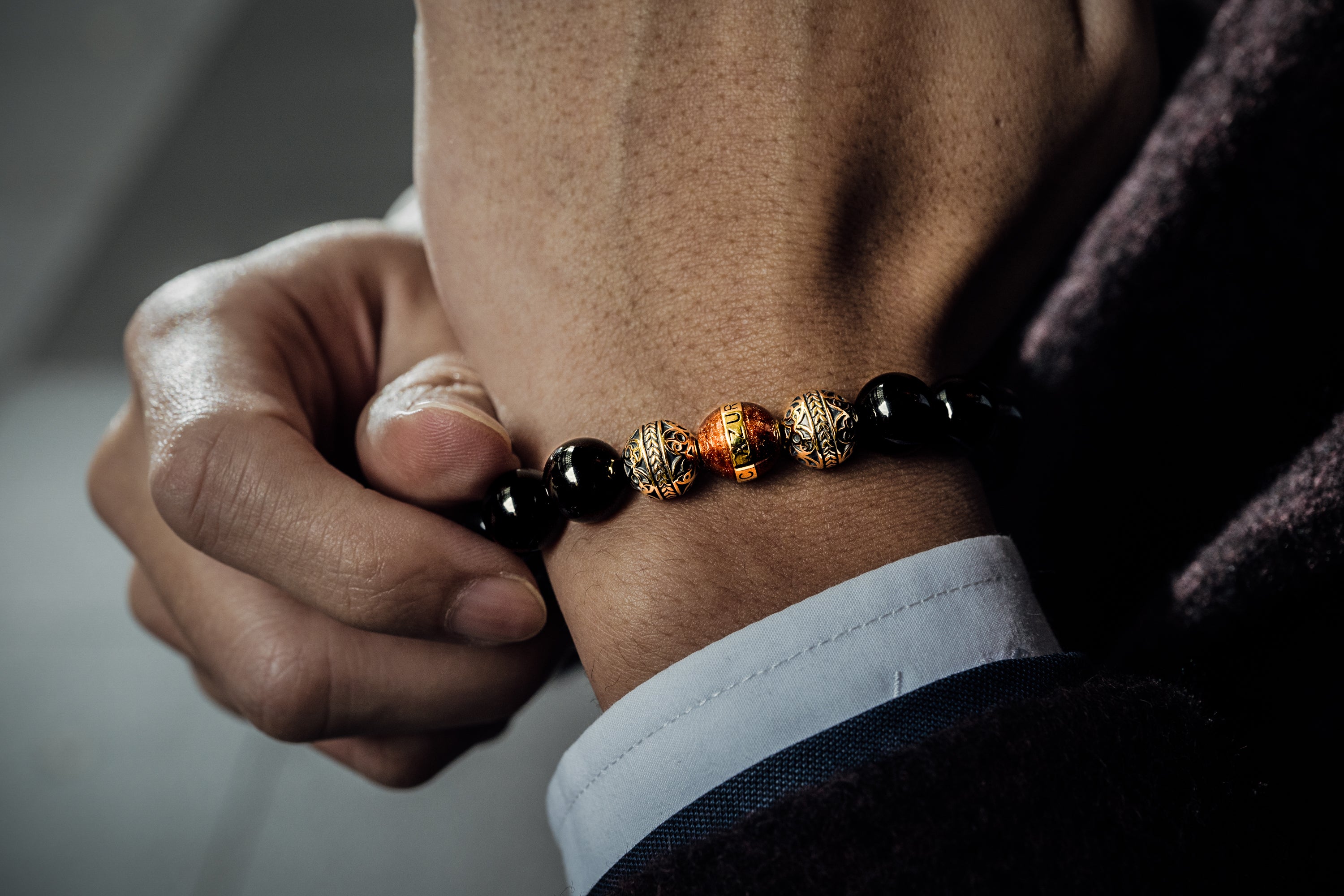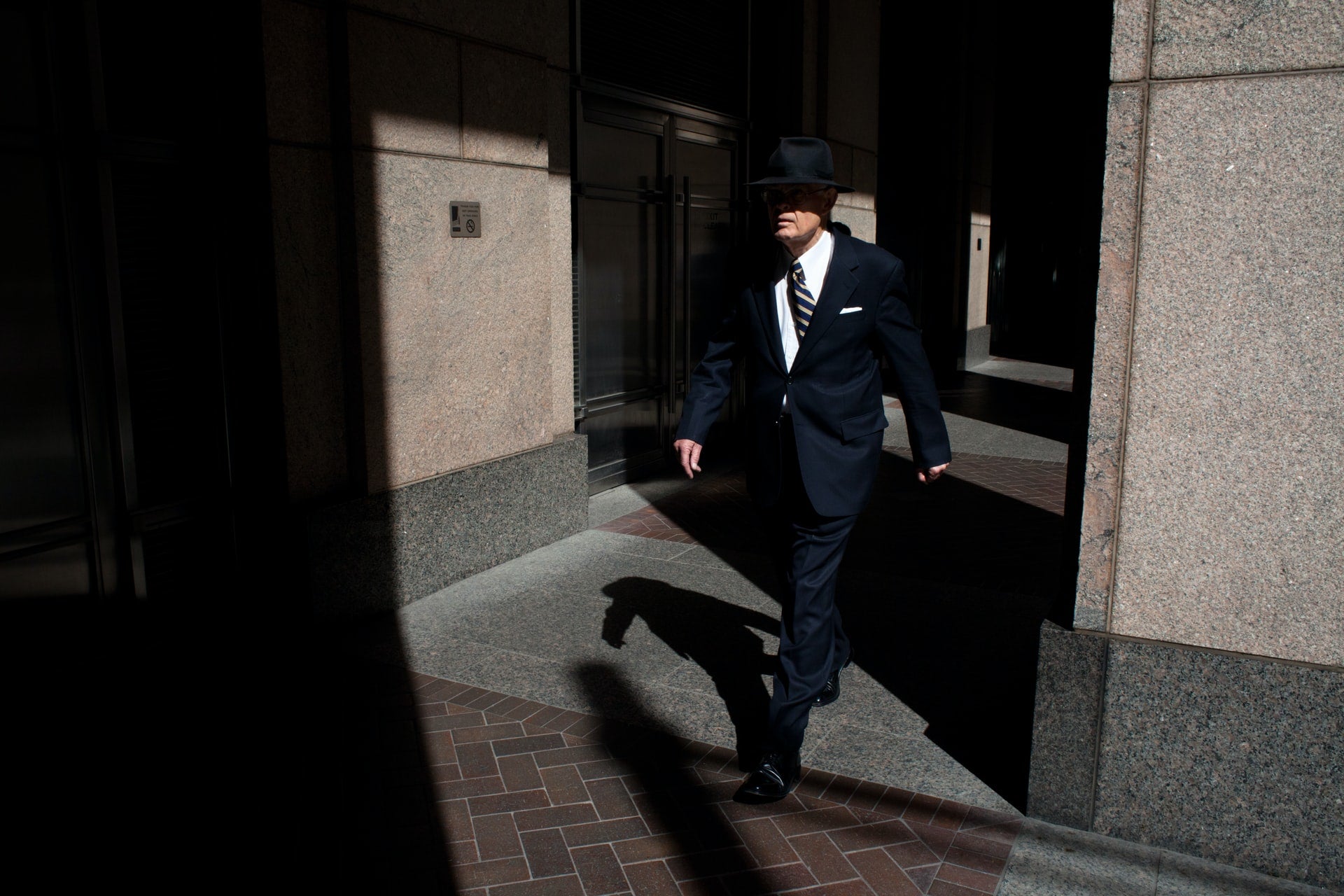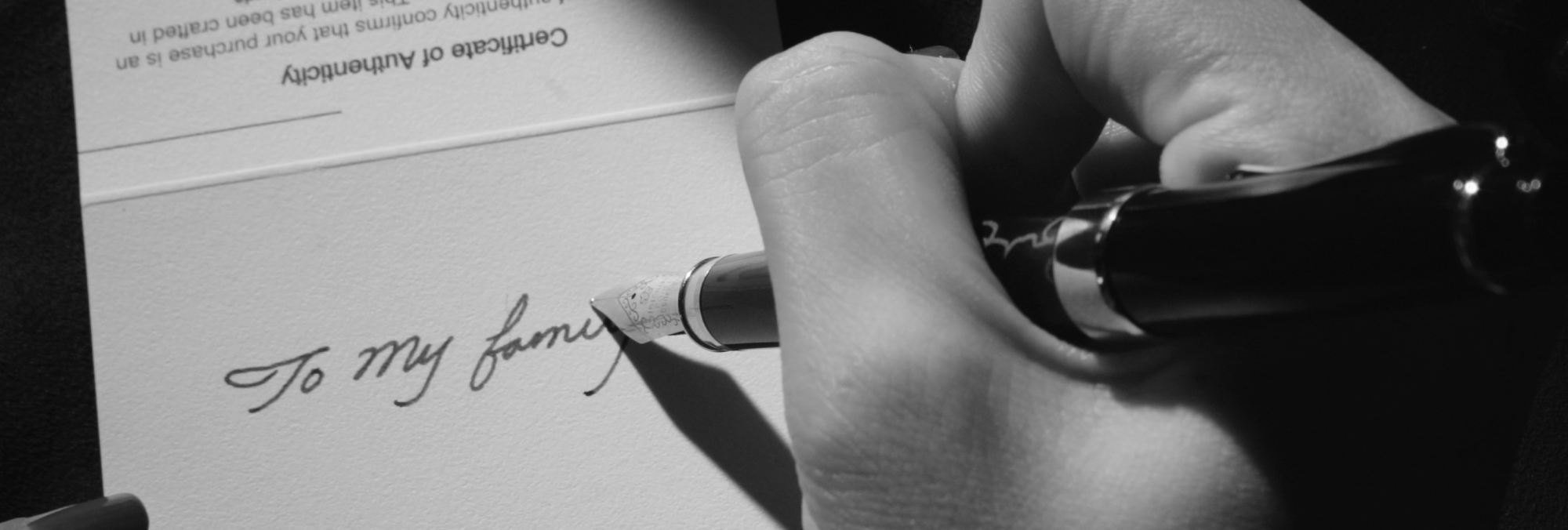On a mild, sunny evening, me and some of my friends are waiting at a bar for Alexa, their mutual friend, to arrive. After about 10 minutes of waiting, she finally arrives. "What took you so long?" I ask her. "Well, you might find this embarrassing, but I couldn't find out what eau de parfum or eau de toilette I could wear for the occasion.” She muttered. “Well, that, isn’t a big issue! It can get quite overwhelming sometimes knowing about all the slight differences between eau de toilette or eau de parfum. Why don’t I help you all out with some tips?” I reply.
How is Eau de toilette & Eau de parfum made?
 In most cases, perfumes are made from collecting ingredients both natural and synthetic, aging them, and then blending them. Water and Alcohol are then added to the dilution process.
In most cases, perfumes are made from collecting ingredients both natural and synthetic, aging them, and then blending them. Water and Alcohol are then added to the dilution process.
- Distillation: In distillation, natural materials are sat in a still until they have been extracted. Then, the substance that comes out is passed through tubes. It is then cooled and eventually liquified. Other than steaming, some oils can also be extracted from plants through the same process.
- Enfleurage: The process of enfleurage is used in creating both ea de toilette and eau de parfum. Large sheets of glass are coated with grease, and flowers or other plants are spread on them. They are then placed in tiers near wooden frames and moved by hand until the grease absorbs the fragrance.
- Expression: Expression is one of the oldest forms of perfume extraction. They are generally used to extract citrus oils, which involve pressing plants usually mechanically, until all the oils are extracted on the grease.
- Solvent Extraction: The most common way to extract a fragrance. Raw plant materials and other artificial ingredients are submerged in a solvent that can completely dissolve aromatic properties within themselves.
Differences between fragrances: Eau de parfum vs Eau de toilette vs Parfum vs Eau de cologne:
 Parfums: Has about 20-40% of concentration which helps it last for about 8 hours. These generally have better notes and thus last all day. Parfums are usually the most expensive, and people who have skin that is more sensitive are bound to have a better time with them since they contain less Alcohol which dries skin out. They are extremely expensive and are meant for major events.
Parfums: Has about 20-40% of concentration which helps it last for about 8 hours. These generally have better notes and thus last all day. Parfums are usually the most expensive, and people who have skin that is more sensitive are bound to have a better time with them since they contain less Alcohol which dries skin out. They are extremely expensive and are meant for major events.
Eau de Parfum: Containing about 15-20% of concentration, these will last for about 4-5 hours and have low alcohol concentration, which means they are quite suitable on sensitive skin too. These are the most common types of perfumes and are made to not be extremely overpowering in terms of their smell.
Eau de Toilette: Contains about 5-15% of concentration which lasts for up to two hours. As a comparison of eau de toilette vs. parfum, the latter is meant for long occasions with stronger notes, while eau de toilette is meant for softer occasions. They are also comparatively cheaper.
Eau de Cologne: Containing about 2-4% of concentration, these are considerably cheaper and have high alcohol content. The terminology cologne is reserved for fragrances made up of traditional recipes that include herb and citrus notes. More of this fragrance needs to be worn throughout the day for optimal results.
What are perfume notes?

Top Notes: Also known as the head notes, this perfume note consists of lighter small molecules that go away quickly. These usually lead to the first impression of the perfume and are known to assertive or sharp. Ginger and Citrus are the most common top notes found in Eau de parfum and eau de toilette.
Middle Notes: Also known as heart notes, these enter into the mix soon after the top notes. These scents become more pleasant over time and are known to be more mellow than top notes. These are an integral part of perfume notes. Rose and Lavender are common middle perfume notes.
Base Notes: Base perfume notes arrive after the middle notes go away. These combined with the middle notes make up most of the perfume. These provide you with a deep, rich fragrance and can only be smelled about 30 minutes after applying the perfume. Therefore, when selecting a perfume, waiting about 1 hour for all the perfume notes to settle is recommended.
Type of perfume notes for Parfum, Eau de parfum, Eau de Toilette and what they represent?

- Oriental: Oriental perfumes have a spicy, luxurious hint to them. They are made up of ingredients like vanilla, jasmine, and cardamom and invoke a sense of royalty and mystique like no other. Oriental perfume notes are meant for dates and other romantic occasions.
- Floral: Considered the broadest and popular types of families in perfume notes. These provide you with an uplifting, sweet smell. The most common types in both eau de toilette and Eau de parfum are roses, jasmines, and lilies. They are mainly meant for daily and casual wear.
- Fruity: Also known as fresh fragrances, they usually are composed of Citrus and other green notes. They provide an extremely fresh, zesty perfume note. They are mainly used for parties and vacations.
- Woody: These provide warm and mysterious tones. They are great for wearing in the workplace and have a very earthy-sweet tone. The most common type of woody perfume notes is cedarwood, amber, and sandalwood. They’re particularly used in Eau de parfums due to their captivating aroma.
- Leather: One of the earliest notes in perfume history, a leathery note is meant to be long-lasting and has a very powerful character and depth. They add elegance to any perfume and are meant to be used sparingly as they can be over-powering. A suitable occasion to apply a Leathery perfume would be a late-night party.
How to turn your eau de toilette & Eau de parfum into long-lasting perfume?

- Perfume lasts longer after shower: Your pores open up after taking a shower. So, to make your perfume last longer, try spraying your eau de toilette after taking one. Make sure to dry up with a towel before you do so!
- After moisturizing, perfume lasts longer: If your skin is extremely dry, perfume might not be properly absorbed into your skin. To have a more long-lasting perfume, make sure to use your Eau de parfum after moisturizing appropriately.
- Apply after changing clothes: The fabric of your clothes can end up absorbing most of the fragrance even if you apply the fragrance to your skin. Therefore, when you change clothes, make sure to spray some on yourself again to make the perfume last longer.
- Don’t rub perfume: Rubbing the place of perfume application can cause the top notes to evaporate extremely quickly, which makes the scent fade away extremely quickly, reducing the likelihood of your perfume lasting long.
- Know the concentration of long-lasting perfume: Knowing the concentration of the perfume you are applying can help you make an informed decision as different concentrations lead to a general difference in the longevity of a fragrance. So, before you head out, make sure you are dawning the right concentration of perfume.
8 Tips on Perfumes Storage
Once you’ve purchased an expensive perfume, perfume storage is the next aspect you should focus on. If you don’t do so properly, you might hinder the entire fragrance and ruin it in some cases.
- Do perfume storage in a dark place: Heat can be abysmal when storing a bottle of Storing your perfume in a dark place and keeping it away from sunlight makes sure the compounds inside do not react, ruining the scent.
- Do perfume storage Store in a dry place: When it comes to perfume storage, a dry place is essential. Humidity can seep into the bottle ruining the composition of the fragrance completely.
- Do perfume storage in the original box: The boxes of an Eau de parfum or eau de toilette are made for reasons other than aesthetics. They act as perfect containers for perfume storage, reducing the effects of the environment on them.
- When traveling, do perfume storage in a smaller container: Rather than keeping large bottles in a briefcase affecting them completely, try to transfer a small amount of the fragrance in a smaller container for easier transportation and lower risk of damage.
- Don’t do perfume storage in the bathroom: The bathroom can be extremely humid and might also be very hot at times. This is an unfavourable environment for perfume storage.
- Don’t open your eau de toilette or Eau de parfum often: If you aren’t using it, opening your eau de toilette or Eau de parfum can lead to the bottle cap damaged and for other particles getting in, which might affect the spray.
- Keep your eau de toilette or Eau de parfum bottle sealed: Air can carry along particles that might affect the overall composition of the fragrance. Therefore, keep your bottle tightly sealed at all times.
- Avoid shaking your eau de toilette or Eau de parfum: Shaking can cause the mixture within the bottle. Therefore, when storing perfume, avoid places that have a lot of movement.
"So then guys, have you learned enough about the differences between an eau de toilette and an Eau de parfum, how you can store your perfume and what's the difference between each note?" I ask. My friends nod in agreement. "Well, now that you know everything there is to know about perfumes. Hopefully, you won't be late anymore!"



